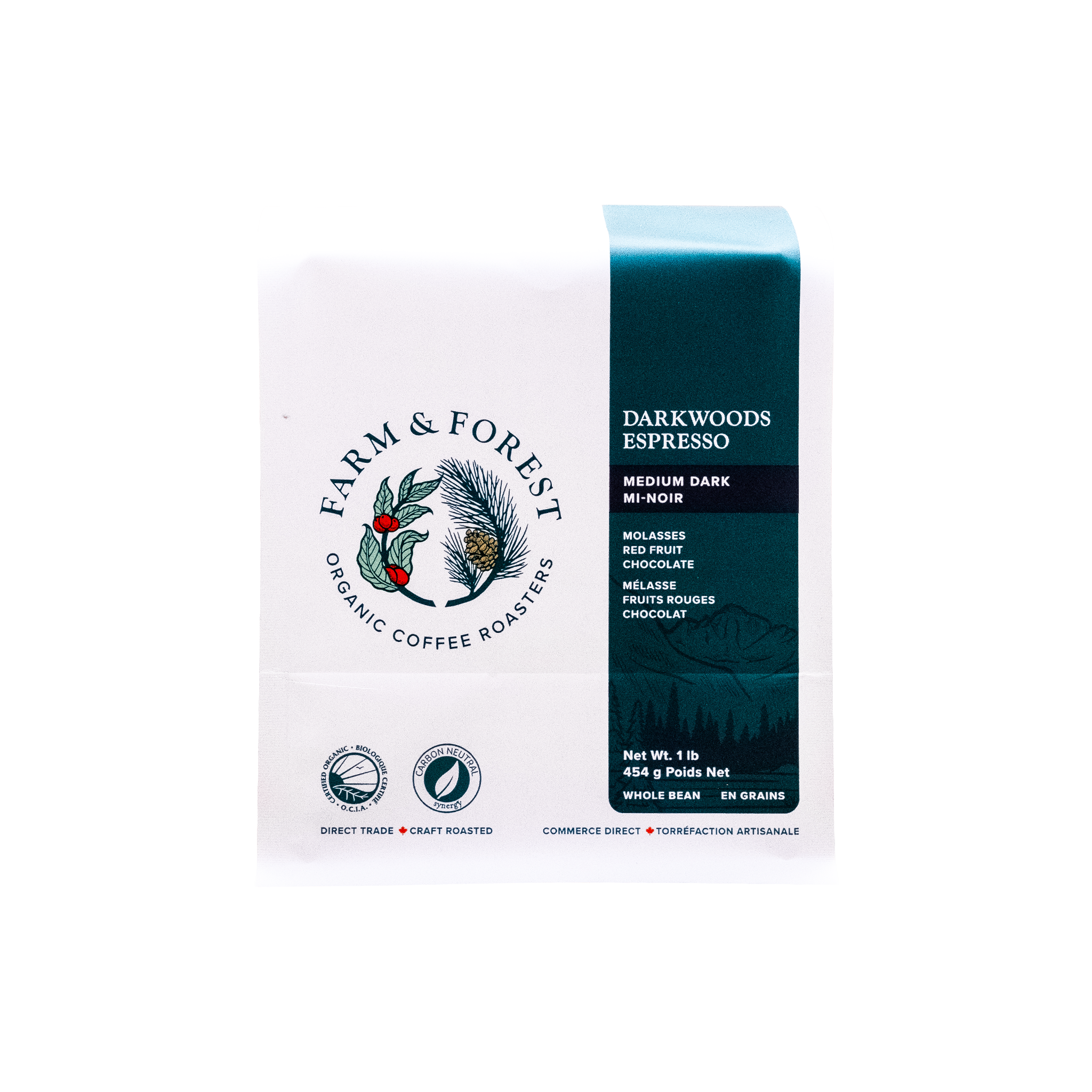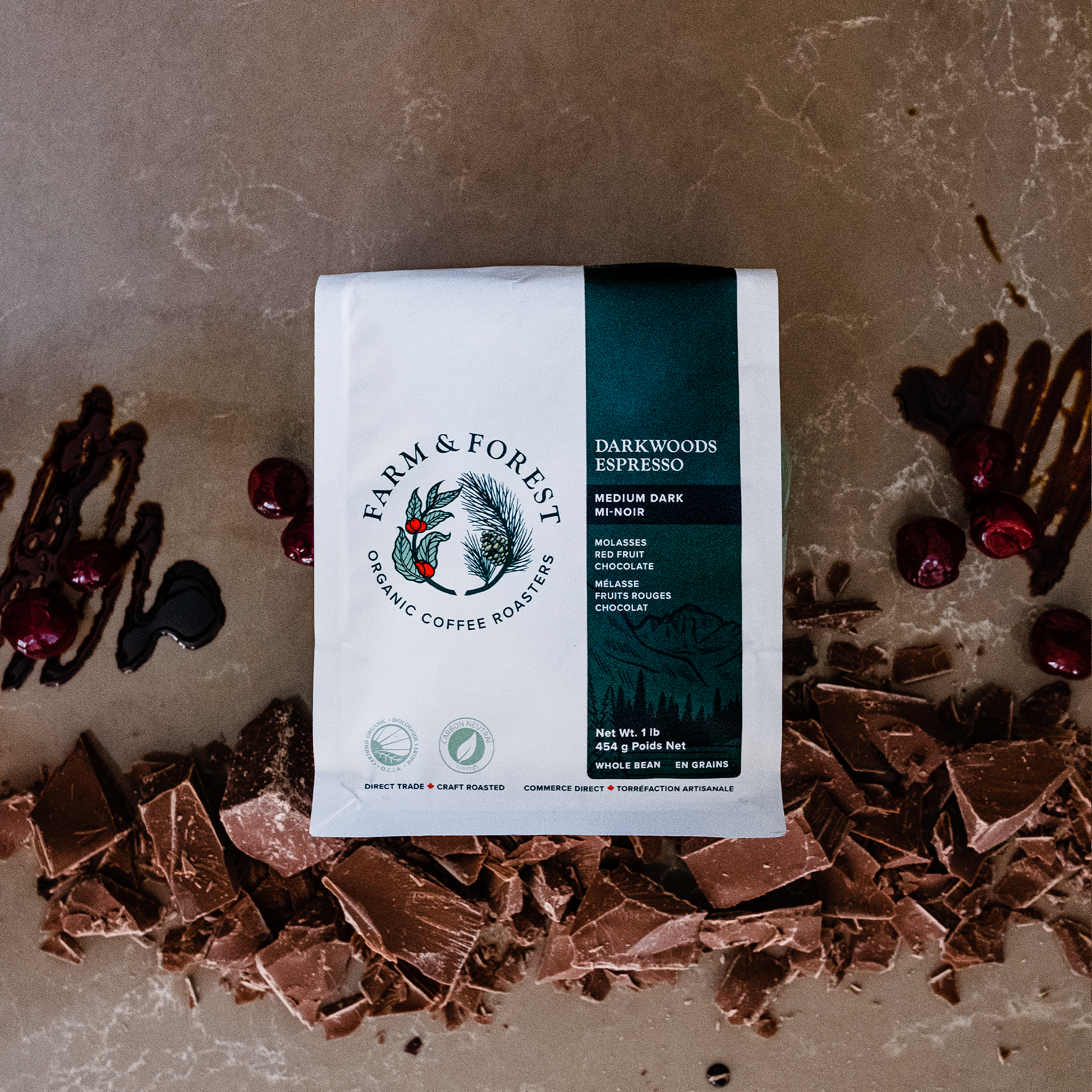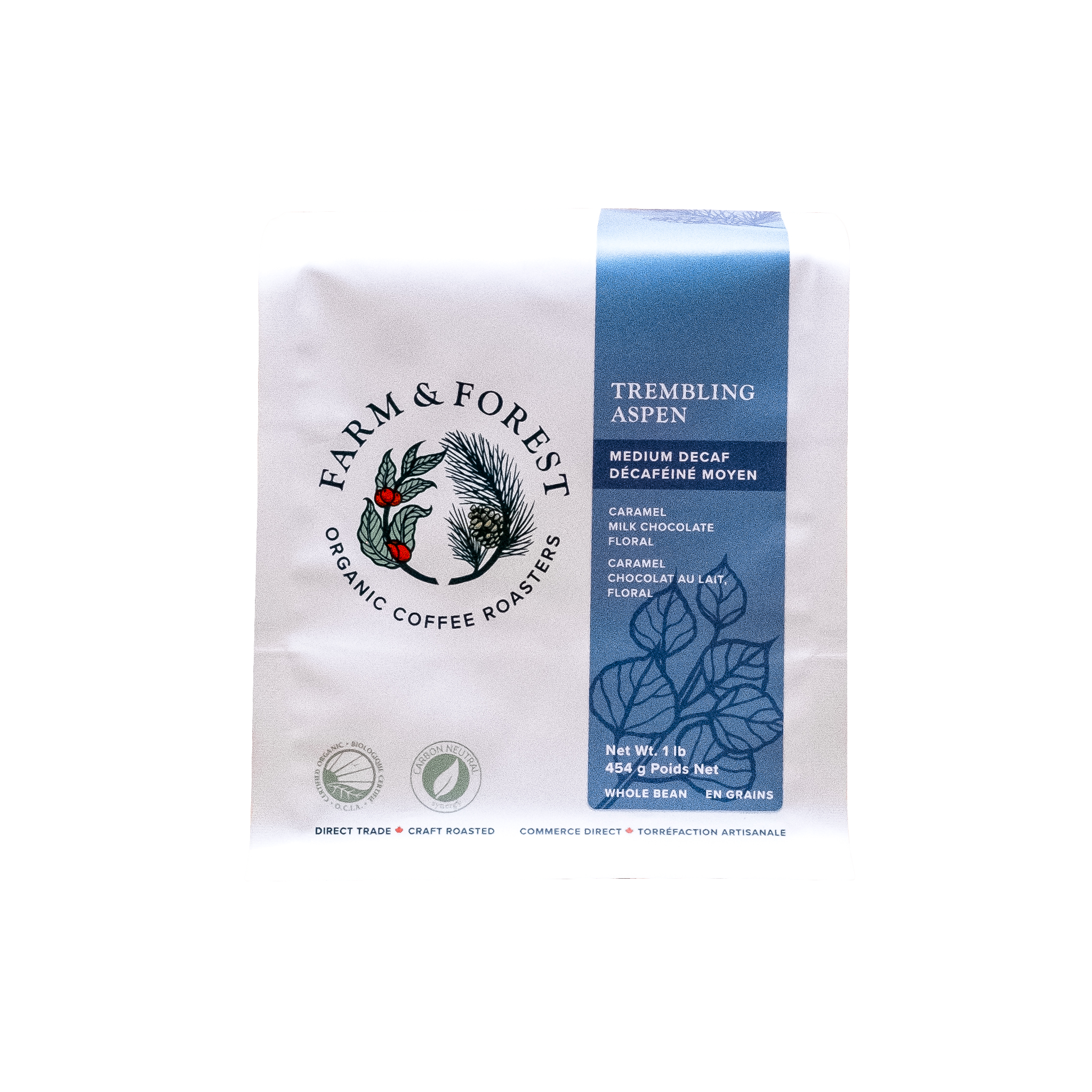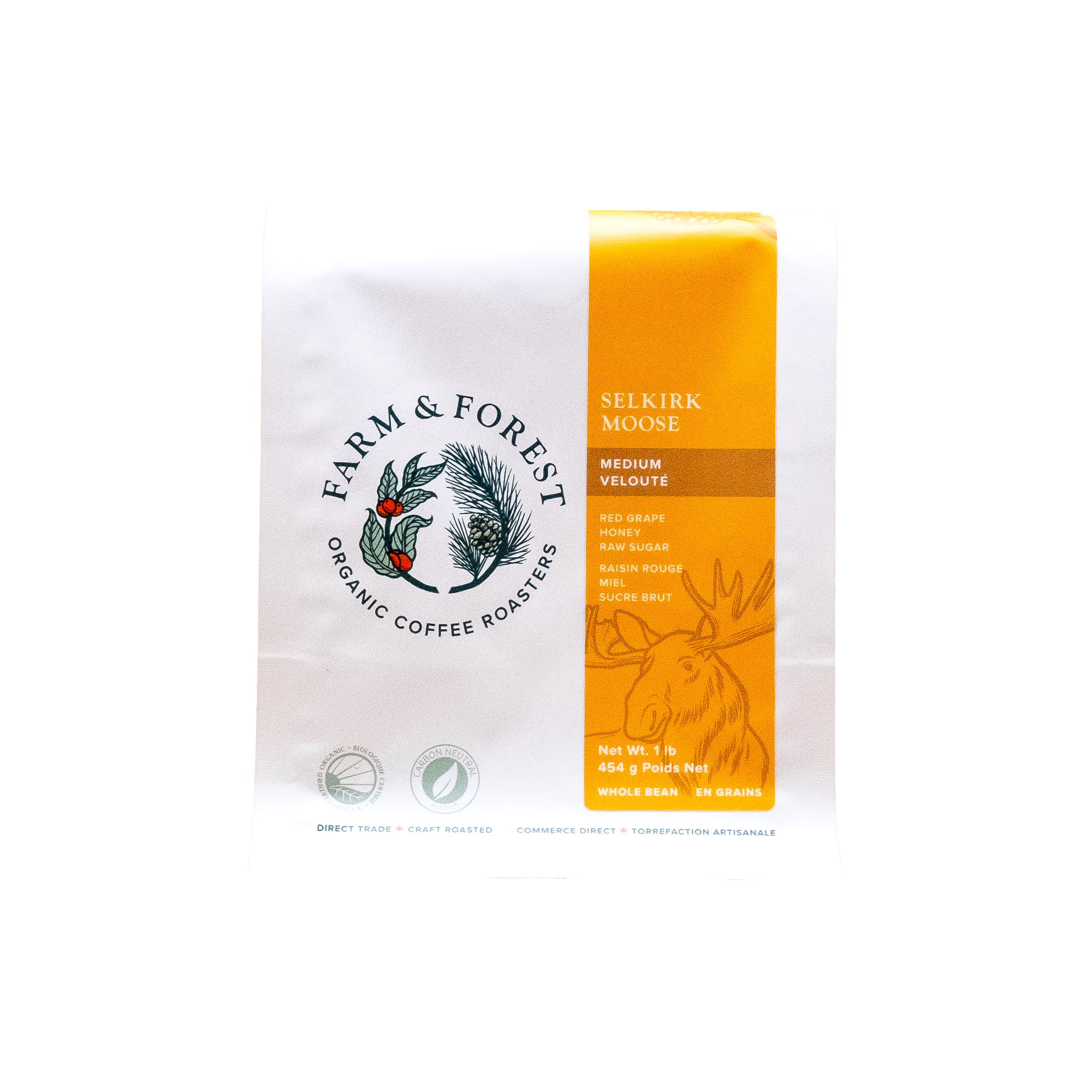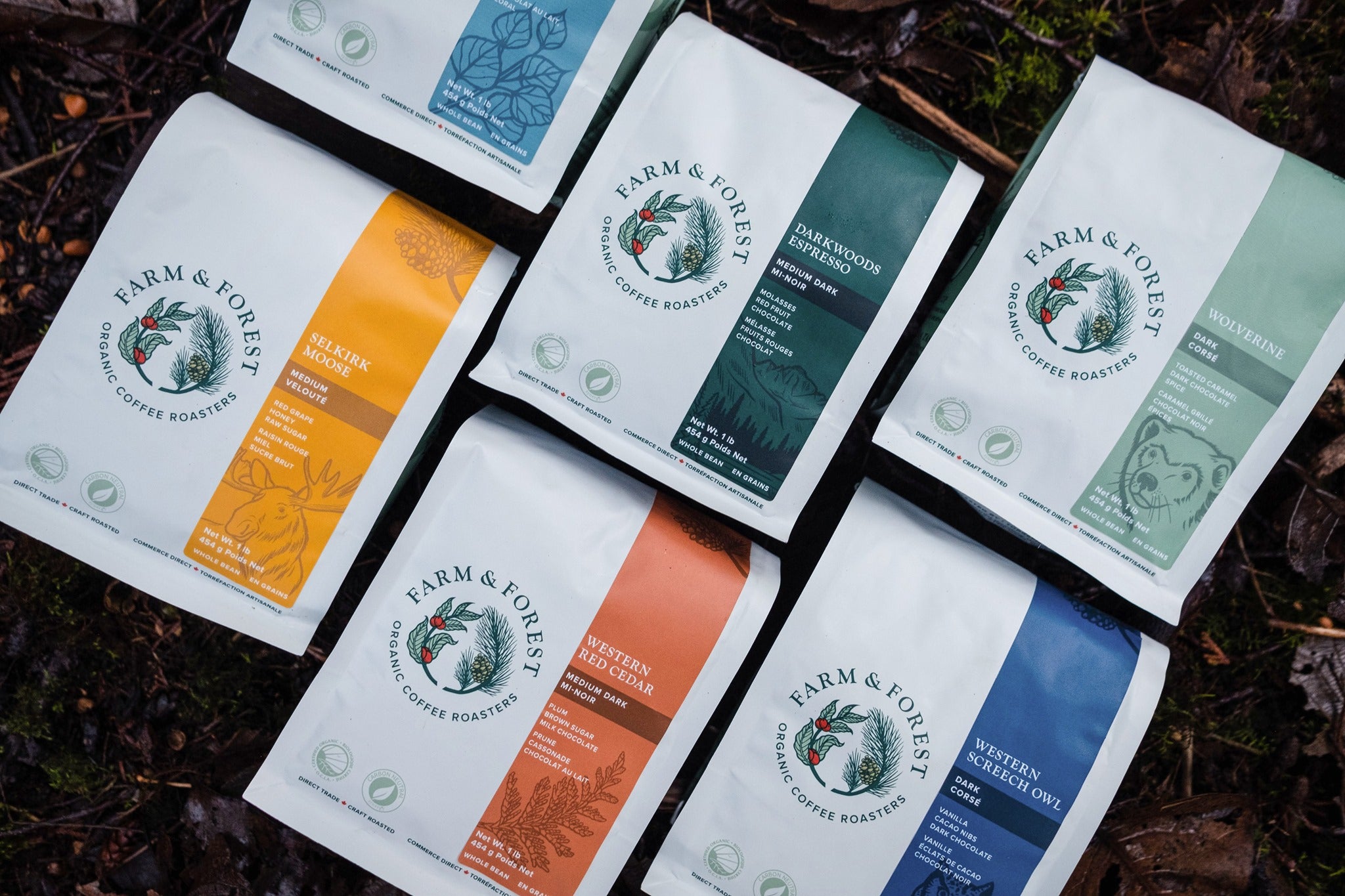How to tell if your coffee is stale?
In the realm of coffee appreciation, freshness is paramount. A steaming cup of freshly brewed coffee not only tantalizes the senses with its rich aroma and bold flavour but also serves as a morning ritual for countless individuals worldwide. However, amidst the pursuit of the perfect cup, one must contend with the adversary of staleness. Stale coffee represents a departure from the vibrant essence that characterizes freshly roasted beans, and detecting its presence is crucial for maintaining a consistently delightful coffee experience. In this article, we delve into the essence of stale coffee, explore the importance of freshness in coffee consumption, and highlight the significance of identifying staleness to ensure that every one of your next brews promises an unparalleled journey of flavour and satisfaction.
What is stale coffee?
Stale coffee refers to coffee that has lost its freshness and optimal flavour profile due to various factors. When coffee beans or ground coffee are no longer fresh, they undergo chemical changes that alter their taste, aroma, and overall quality. These changes can result in a bland or dull flavour, loss of aroma, and a generally less enjoyable coffee-drinking experience.
The Importance of Fresh Coffee
Fresh coffee is the heart of every coffee-drinking experience, influencing everything from flavour and aroma to overall satisfaction. Freshly roasted coffee beans retain their inherent qualities, offering a complex and nuanced flavour profile that engages the palate and delights the senses. Here are several key reasons why fresh coffee is essential:
Flavour: Freshly roasted coffee beans boast a depth of flavour that diminishes over time. The intricate balance of acidity, sweetness, bitterness, and other flavour notes is at its peak shortly after roasting, providing a vibrant and full-bodied taste experience.
Aroma: The aroma of freshly ground coffee is an integral part of the coffee-drinking ritual. The enticing scent of freshly roasted beans fills the air, evoking anticipation and setting the stage for a satisfying sensory experience.
Brewing Performance: Fresh coffee beans grind more evenly and extract more efficiently during the brewing process. This results in a more consistent and flavorful cup of coffee, with balanced extraction and optimal extraction of coffee oils and soluble compounds.
Enjoyment: Ultimately, the enjoyment of coffee is intertwined with its freshness. A freshly brewed cup of coffee invigorates the senses, uplifts the mood, and provides a moment of indulgence and pleasure in daily routines.
What Causes Coffee to Go Stale, And Factors Affecting Coffee Freshness
Several factors contribute to the deterioration of coffee freshness, leading to staleness over time. Understanding these factors is crucial for preserving the quality of your coffee. Here are the primary reasons why coffee goes stale:
-
Oxidation: When coffee beans are exposed to oxygen in the air, they undergo oxidation, leading to chemical changes that degrade their flavour and aroma. Oxygen interacts with the oils and compounds in the coffee, causing them to break down and become stale.
-
Exposure to Air and Light: Exposure to air and light accelerates the oxidation process, hastening the deterioration of coffee freshness. Oxygen and UV light can penetrate packaging materials and directly affect the coffee beans, leading to quicker staleness.
-
Moisture Content: Moisture is another enemy of coffee freshness. High humidity levels can cause coffee beans to absorb moisture from the air, leading to loss of flavour and the development of off-flavours. Additionally, moisture can encourage the growth of mould and mildew, further compromising the quality of the coffee.
-
Roast Date: The freshness of coffee begins to decline shortly after roasting. As coffee beans age, they gradually lose their volatile aromatic compounds and oils, resulting in a loss of flavour and aroma. The roast date is a crucial indicator of coffee freshness, with fresher beans typically offering a more vibrant and nuanced flavour profile.
-
Storage Conditions: Proper storage is essential for preserving the freshness of coffee. Storing coffee beans or ground coffee in airtight containers or bags helps protect them from exposure to air, light, and moisture. Additionally, storing coffee in a cool, dark place away from heat sources can help slow down the oxidation process and extend its shelf life.
-
Packaging: The type of packaging used for coffee can impact its freshness. Vacuum-sealed bags or resealable containers with one-way valves are effective at preserving coffee freshness by minimizing exposure to air and moisture. However, once the packaging is opened, it's crucial to transfer the coffee to an airtight container to maintain its freshness.
How to Identify Stale Coffee
If you want to avoid brewing a bad cup of coffee and are wondering how to know if your coffee is stale, you can rely on visual indicators to check and assess the freshness of your coffee and determine whether it's time to order fresh coffee beans or grounds. Here are some key visual signs to look out for:
Change in Colour: Fresh coffee beans or grounds typically have a vibrant colour, ranging from deep brown to almost black, depending on the roast level. However, as coffee ages, it may lose its rich colour and appear dull or faded. Look for any noticeable changes in colour as an indication that the coffee may be stale.
Presence of Oil: Freshly roasted coffee beans contain natural oils that contribute to their flavour and aroma. Over time, these oils may migrate to the surface of the beans or grounds, forming a shiny or glossy appearance. However, if the oils appear dry or have been absorbed back into the beans, it could be a sign that the coffee has gone stale.
Formation of Clumps: Stale coffee grounds may clump together, forming large chunks or clumps that are difficult to break apart. This clumping occurs due to the loss of moisture and the breakdown of the coffee particles over time. If you notice significant clumping in your coffee grounds, it could indicate staleness.
Presence of Mould: Mould growth is a clear indicator that coffee has become stale and may be unfit for consumption. Inspect your coffee beans or grounds closely for any signs of mould or mildew, which may appear as fuzzy patches or discoloration. If you detect mould, discard the coffee immediately to avoid health risks.
Loss of Aroma: Freshly roasted coffee beans emit a strong, fragrant aroma that is characteristic of their origin and roast profile. Stale coffee, on the other hand, may have a diminished or stale odour, indicating a loss of freshness.
Tips for Preserving Coffee Freshness
Preserving the freshness of your coffee is essential for ensuring a consistently delicious cup every time you brew. In this section, we delve into practical tips for maintaining the optimal flavour and aroma of your coffee beans or grounds. From proper storage techniques to the importance of using airtight containers and keeping coffee away from light and heat, we provide actionable advice to help you extend the shelf life of your coffee and elevate your coffee-drinking experience. Let's explore these strategies in detail to unlock the full potential of your favourite brew.
Proper storage techniques are paramount in preserving the freshness and quality of your coffee. Here are some tips to ensure your coffee stays fresh for as long as possible:
Cool and Dark Environment: Store your coffee beans or grounds in a cool, dark place away from direct sunlight and heat sources. Exposure to light and heat accelerates the oxidation process, leading to premature staleness.
Airtight Containers: Transfer your coffee to airtight containers, such as mason jars or resealable bags with one-way valves, to minimize exposure to oxygen. Oxygen is one of the main culprits behind coffee deterioration, so sealing your coffee in airtight containers helps slow down the oxidation process and preserve freshness.
Avoid Moisture: Moisture is another enemy of coffee freshness, as it can cause the beans or grounds to become stale and develop off-flavours. Make sure your storage containers are moisture-proof and avoid storing coffee in areas with high humidity, such as near the stove or in the refrigerator.
Freezing Coffee: Freshly roasted whole coffee beans have the potential to preserve their peak flavour and aroma for approximately 2 to 4 weeks, provided they are stored correctly. Alternatively, freezing coffee beans with the correct techniques can prolong their freshness for an extended duration, ranging from 3 to 6 months. We have a full article on How to Freeze Coffee Beans for Optimal Freshness.
Enjoying High-Quality Coffee Experience
Enjoying a high-quality coffee experience encompasses various elements, from selecting premium beans to brewing techniques and serving methods. Here's how you can elevate your coffee-drinking experience:
Start with Fresh, Quality Coffee Beans: Choose freshly roasted, high-quality coffee beans with varieties known for their distinct flavour profiles.
If you seek coffee that embarks on a meticulous journey from farm to cup, Farm & Forest Organic Coffee is your ideal choice. Our organic coffees originate from premier growing regions worldwide and undergo roasting at our carbon-neutral facility, nestled close to the Pacific Ocean's shores.
In addition to enjoying exceptional coffee, your purchase supports environmental conservation efforts. With every pound of coffee sold, 15¢ is contributed to the Nature Conservancy of Canada, aiding in the protection of wildlife habitats across our nation.
Grind Just Before Brewing: Invest in a good quality grinder and grind your coffee beans just before brewing. This ensures maximum freshness and flavour retention, as ground coffee begins to lose its aroma and flavour quickly properly storing hole beans can be easier, and you’ll have a better experience with the freshly ground coffee.
Chose The Best Brewing Methods: Experiment with different brewing methods to find the one that best suits your taste preferences. Whether you prefer pour-over, French press, espresso, or another method, ensure you follow proper brewing parameters, such as water temperature, grind size, and brewing time, to extract the optimal flavours from your coffee. And no need to worry, as we prepared an article with All you need to know about the most common coffee brewing methods.
Pay Attention to Water Quality: Use clean, filtered water when brewing coffee to avoid any off-flavours or impurities that could affect the taste of your brew. Check out our blog post on How water can influence the flavour of your coffee.
You need to make sure you have the perfect water-to-coffee ratio to achieve the desired strength and flavour profile with all brewing methods.
Stale Coffee FAQs
How should I store my coffee to maintain freshness?
To maintain freshness, store your coffee in an airtight container at room temperature, away from direct sunlight, heat, and moisture. Alternatively, you can freeze your coffee beans using proper techniques to extend their shelf life.
Can I grind my coffee beans in advance?
It's best to grind your coffee beans just before brewing to preserve freshness and flavour. Ground coffee begins to lose its aroma and flavour quickly, so grinding right before brewing ensures a more flavorful cup.
How long does coffee stay fresh after roasting?
Freshly roasted coffee beans can retain peak flavour and aroma for about 2 to 4 weeks when stored properly. However, freezing coffee beans following proper techniques can extend freshness for up to 3 to 6 months.
How do I know if my coffee beans have gone stale?
Visual and sensory cues can indicate if coffee beans have gone stale. Look for changes in colour, loss of aroma, or the presence of mould or clumps as visual indicators. Additionally, stale coffee may taste flat or dull, lacking the vibrant flavours and aromas characteristic of fresh coffee.
How do light and heat affect the freshness of coffee?
Light and heat accelerate the oxidation process in coffee, causing it to go stale more quickly. Exposure to light and heat can degrade the flavour and aroma of the coffee, leading to a less enjoyable drinking experience. Storing coffee in a cool, dark place away from heat sources helps preserve its freshness.












